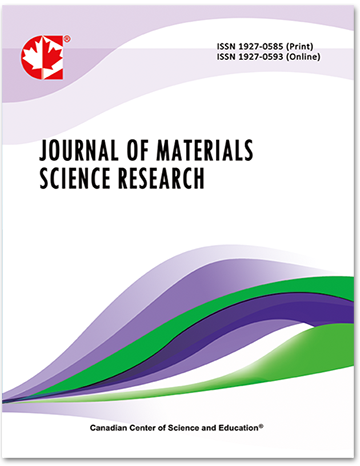Structure and Properties of Cast Iron DESIGNATED for Working Layer of Rolls
- K. N. Vdovin
- A. N. Zavalishchin
- D. A. Gorlenko
- N. A. Feoktistov
Abstract
The formation of the structure and properties of cast irons designated for the working layer during solidification and subsequent tempering of Indefinite Chill Double Poured Centrifugal Casting Rolls (ICDP) has been studied.
Graphitization of cast irons designated for the working layer of rolls occurs under isothermal conditions at high temperatures, which vary over the cross section and resulted from casting the roll core. At subsequent slow cooling, secondary carbides precipitate and austenite partially transforms into martensite; the resulting end structure consists of martensite and austenite metallic base (primary austenite dendrites) with 11.4 per cent of retained austenite, 26 per cent of eutectic and secondary carbides, and 2.6 per cent of flake graphite.
The amount of retained austenite in the metallic base of the cast structure of cast iron designated for the working layer, heated to 430 °C, decreases from 11.4 per cent to 3.2 per cent due to the partial transformation into bainite. The martensite tetragonality decreases due to the carbide precipitation; the existing excess phases grow and the new ones are formed; the total volume fraction of the carbide phase increases to 29.8 per cent and graphite to 3.7 per cent.
- Full Text:
 PDF
PDF
- DOI:10.5539/jmsr.v5n1p77
Journal Metrics
Impact Factor 2022 (by WJCI): 0.583
Google-based Impact Factor (2021): 0.52
h-index (December 2021): 22
i10-index (December 2021): 74
h5-index (December 2021): N/A
h5-median (December 2021): N/A
Index
- CAS (American Chemical Society)
- CNKI Scholar
- Elektronische Zeitschriftenbibliothek (EZB)
- EuroPub Database
- Excellence in Research for Australia (ERA)
- Google Scholar
- Infotrieve
- JournalTOCs
- LOCKSS
- NewJour
- PKP Open Archives Harvester
- Qualis/CAPES
- SHERPA/RoMEO
- Standard Periodical Directory
- Universe Digital Library
- WJCI Report
- WorldCat
Contact
- John MartinEditorial Assistant
- jmsr@ccsenet.org
